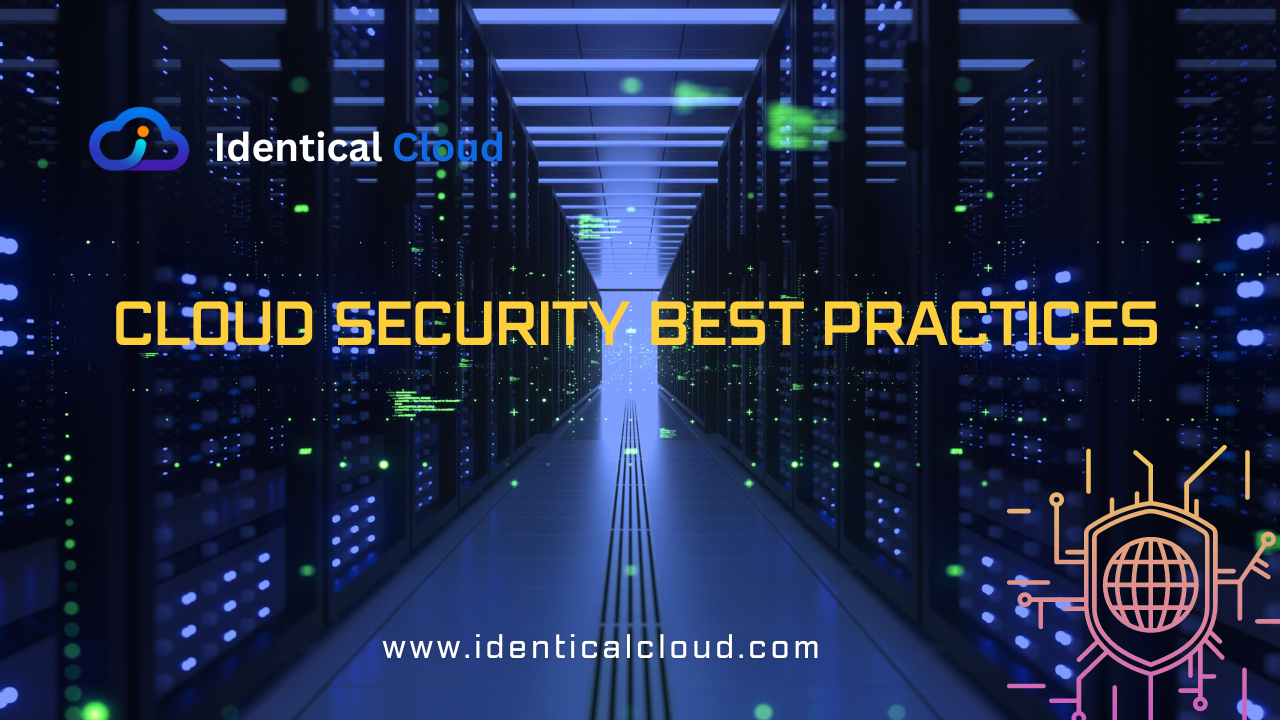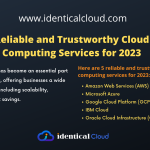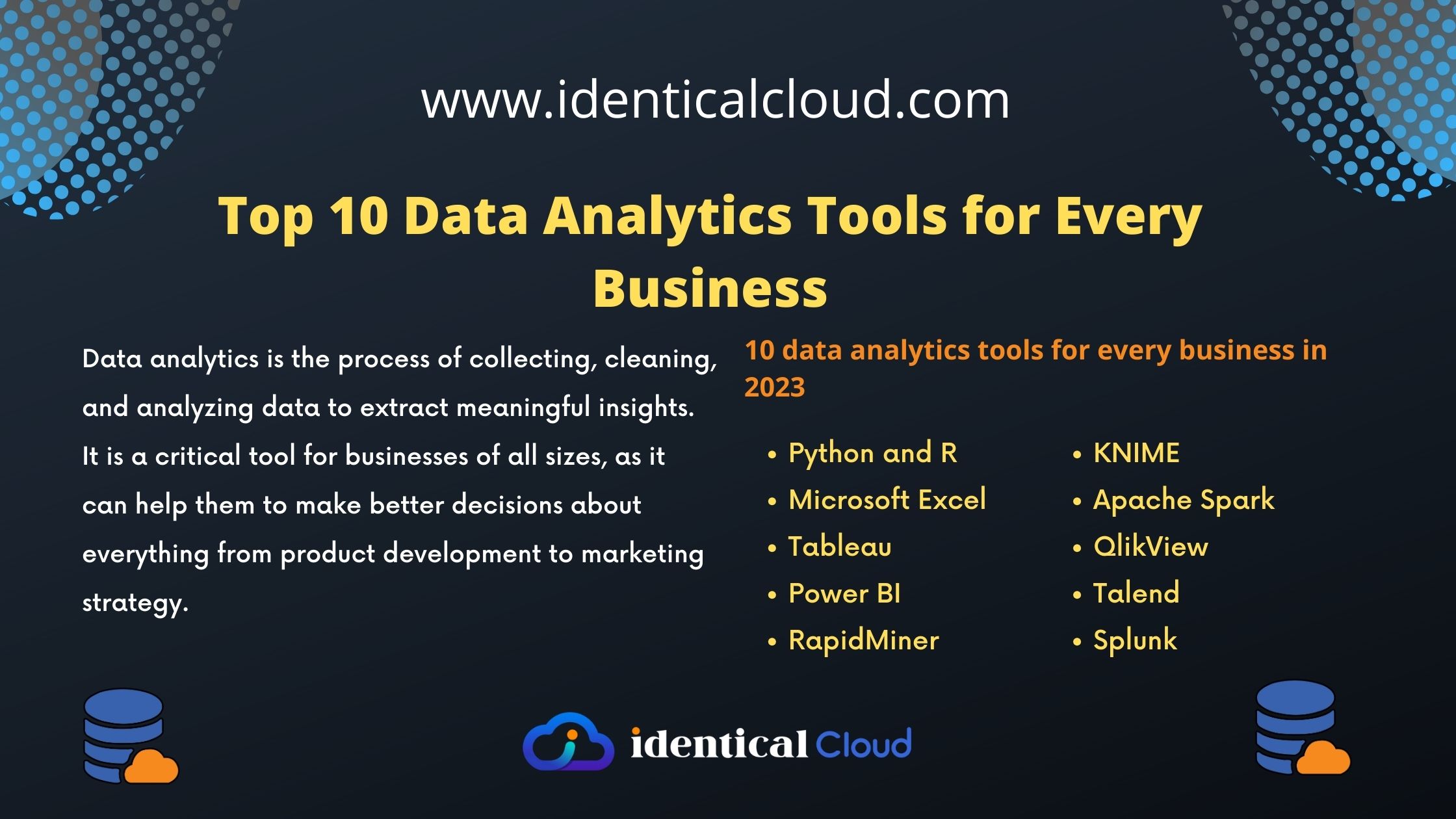
Cloud Security Best Practices
Cloud Security Best Practices
Cloud security is of paramount importance in today’s digital landscape as businesses and individuals increasingly rely on cloud services for storing, processing, and accessing sensitive data. Implementing robust cloud security practices is essential to safeguarding your information and maintaining the integrity of your systems.
Why is Cloud Security important?
Cloud security is critically important due to several compelling reasons that highlight the significance of safeguarding data and applications in cloud environments:
- Data Protection: Cloud security ensures that sensitive and valuable data is protected from unauthorized access, breaches, and data leaks. It prevents the exposure of confidential information to malicious actors who could use it for fraudulent purposes or to compromise an individual’s privacy.
- Cyber Threats and Attacks: The digital landscape is rife with cyber threats, ranging from hackers and malware to phishing attacks and ransomware. Robust cloud security measures mitigate these risks, helping organizations defend against a wide array of cyber threats.
- Business Continuity: Cloud services are integral to business operations, and any disruption or loss of data can lead to downtime, financial losses, and reputational damage. Effective cloud security practices, including data backup and disaster recovery plans, ensure business continuity and quick recovery from unforeseen incidents.
- Regulatory Compliance: Many industries are subject to strict data protection and privacy regulations. Cloud security helps organizations adhere to compliance requirements such as GDPR, HIPAA, and other industry-specific regulations, avoiding legal consequences and penalties.
- Shared Responsibility Model: While cloud providers offer a secure infrastructure, the responsibility of securing data and applications often lies with the user. Proper cloud security measures bridge the gap between the security provided by the cloud provider and the user’s responsibilities.
- Data Breach Costs: The financial impact of a data breach can be devastating. From legal and regulatory fines to the cost of reputational damage and customer loss, a single breach can lead to significant financial consequences for organizations.
- Vendor Lock-In Concerns: Organizations may be reluctant to adopt cloud services due to concerns about vendor lock-in. Robust cloud security practices help alleviate these concerns by ensuring data security and enabling a smoother transition between cloud providers, if necessary.
- Remote Work and Accessibility: Cloud services enable remote work and access to data from various locations and devices. Without proper security measures, this accessibility could lead to vulnerabilities and unauthorized access.
- Data Integrity: Cloud security safeguards data integrity, preventing unauthorized modification, tampering, or corruption of data by external or internal actors.
- Innovation and Growth: A strong cloud security posture fosters trust among customers and partners, enabling organizations to innovate and grow without sacrificing data security.
- Competitive Advantage: Demonstrating a commitment to cloud security can give organizations a competitive advantage, as customers and partners are more likely to trust businesses that prioritize the protection of their data.
In essence, cloud security is important because it protects data, applications, and critical business functions from a range of potential threats. It enables organizations to leverage the benefits of cloud computing while maintaining the confidentiality, integrity, and availability of their digital assets.
List of Cloud Security Best Practices
Here are some cloud security best practices to consider:
- Data Encryption:
- Utilize encryption for data at rest and data in transit. This ensures that even if unauthorized access occurs, the data remains unreadable.
- Use strong encryption algorithms and key management practices to protect sensitive information.
- Identity and Access Management (IAM):
- Implement strong authentication mechanisms such as multi-factor authentication (MFA) to add an extra layer of security to user logins.
- Employ the principle of least privilege (PoLP), ensuring that users and applications have only the permissions they absolutely need to perform their tasks.
- Regular Security Audits and Monitoring:
- Conduct regular security audits and vulnerability assessments to identify and address potential weaknesses in your cloud infrastructure.
- Set up continuous monitoring for suspicious activities and potential breaches, using security information and event management (SIEM) tools.
- Network Security:
- Use network security groups and firewalls to control inbound and outbound traffic to your cloud resources.
- Implement Virtual Private Cloud (VPC) or similar concepts to create isolated network environments.
- Patch Management:
- Regularly update and patch your cloud resources, including operating systems, applications, and virtual machine images, to protect against known vulnerabilities.
- Regularly update and patch your cloud resources, including operating systems, applications, and virtual machine images, to protect against known vulnerabilities.
- Secure Development Practices:
- Employ secure coding practices to create applications that are less susceptible to common vulnerabilities like injection attacks or cross-site scripting (XSS).
- Regularly review and test your code for security flaws.
- Backup and Disaster Recovery:
- Regularly back up your data and applications to remote and secure locations. Test your disaster recovery plan periodically to ensure it works effectively in case of emergencies.
- Regularly back up your data and applications to remote and secure locations. Test your disaster recovery plan periodically to ensure it works effectively in case of emergencies.
- Cloud Provider Security Features:
- Familiarize yourself with the security features and tools provided by your cloud service provider, such as Amazon Web Services (AWS), Microsoft Azure, or Google Cloud Platform (GCP).
- Leverage security services like AWS Identity and Access Management (IAM), Azure Active Directory, and GCP Identity and Access Management (IAM) for centralized user management.
- Data Classification and Lifecycle Management:
- Classify your data based on its sensitivity and implement appropriate security measures accordingly.
- Establish data retention policies and regularly review and purge unnecessary data.
- Employee Training and Awareness:
- Provide regular training to your employees on cloud security best practices, emphasizing the importance of maintaining a security-conscious mindset.
- Provide regular training to your employees on cloud security best practices, emphasizing the importance of maintaining a security-conscious mindset.
- Incident Response Plan:
- Develop a clear and comprehensive incident response plan that outlines steps to take in case of a security breach or data breach.
- Test your incident response plan through simulations to ensure its effectiveness.
- Compliance and Regulatory Considerations:
- Ensure that your cloud infrastructure and data management practices comply with industry-specific regulations and data protection laws, such as GDPR or HIPAA.
- Ensure that your cloud infrastructure and data management practices comply with industry-specific regulations and data protection laws, such as GDPR or HIPAA.
Remember that cloud security is an ongoing process. As threats and technologies evolve, it’s important to regularly review and update your security practices to stay ahead of potential risks and vulnerabilities. By following these best practices, you can enhance the security of your cloud environment and protect your data and resources effectively.








